signed first edition Hardcover
1629 · London
by Parkinson, John (1567-1650)
London: H. Lownes and R. Young, 1629. FIRST EDITION, first issue (A1r line 4 of heading ends "amend"). Hardcover. Fine. A very fine copy in late 19th c. paneled calf (rebacked, retaining the spine), gold ruled and stipple tooled in compartments with decorative floral tools at the angles, gilt. Spine richly gilt. Excellent internally with insignificant cosmetic blemishes: p. 1 lightly soiled, small hole in leaf B1 affecting a few letters, bifolium P2/5 with minor ink stains in the upper margin (caused by the inky fingers of a pressman), light marginal stain on leaf P1 recto, one index leaf with clean marginal tear (mended), a few trivial marginal smudges. (truncated)
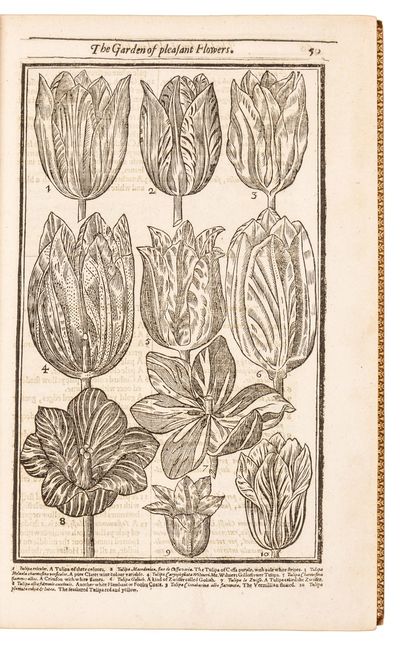
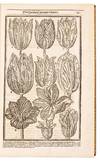
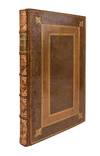
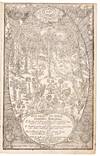
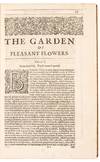
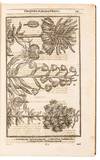
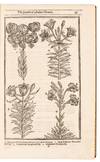
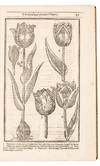
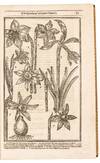
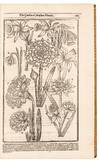
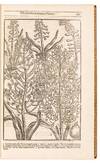
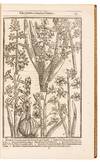
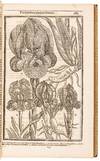
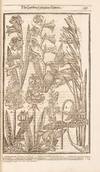
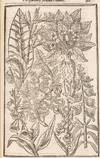
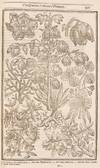
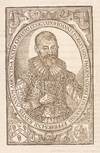

![Polygraphie et universelle écriture cabalistique. Traduicte par Gabriel de Collange, natif de tours en Auvergne. [with:] Clavicule et interpretation sur le contenu és cinq liures de Polygraphie, & vniuerselle escriture cabalistique, traduicte & augmentée par Gabriel de Collange [and:] Tables et figures planispheriques, extensives & dilatatives des recte & anverse, servants à l'uniuverse intelligence de toutes escritures](https://d3525k1ryd2155.cloudfront.net/h/941/108/1694108941.0.m.jpg)